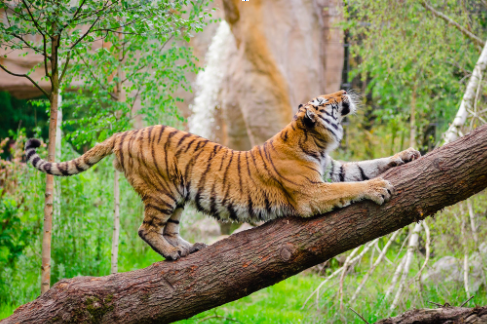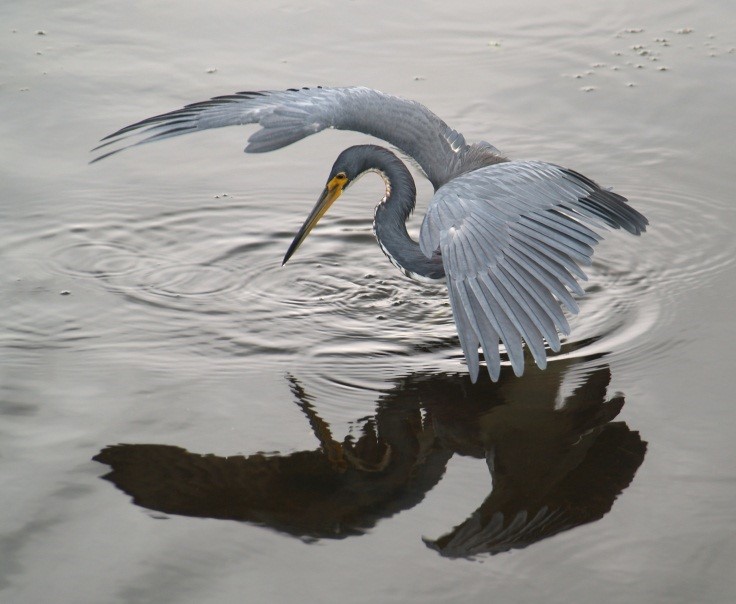This lesson is part of Writing Our Way Through: clear, fun, and engaging “lessons” for writing at home with young people.
Author/Teaching Artist: Matthew Brailas
Age Range: Kindergarten to 3rd Grade (& Up)
Materials: Paper and pencils/pens, animal photographs (can be shared from books or the internet, printed or viewed on the screen)
Overview
This activity is a great way to get even the most reluctant writers excited about poetry. The poems are short and approachable. In my experience, many young writers will be excited to write multiple, using a few favorite animals as models.
I like to use visual aids with this activity, showing writers photographs of animals to help spark descriptive details. These photographs can come from any source. A simple Google search will provide great results. A household pet can even be used as a live model. A few sample photographs are included below.
This lesson uses as a mentor text an English translation of a Chinese poem. The steps below are written assuming that the young writers do not speak Chinese, or would be more comfortable working with the poem in English. Of course, for children comfortable with Chinese, the original text can be used.
The Steps
1. I always start the activity by telling writers a little bit about the poet whose work they are about to hear. I would invite you to share a few details about Luo Binwang. He lived and wrote in China in the 7th century AD. He is said to have written this poem at only seven years old!
2. Introduce the poem. Explain that an “ode” is a poem that celebrates something, and that the poem they are about to hear celebrates a goose. Before reading an English translation, it’s good to show writers the Chinese characters and either read the poem aloud in Chinese or play a recording. You can explain to the writers that the poem was originally written in another language and that we are fortunate that the translator, You Li, wrote a version of the poem in English so that we can enjoy it.
A recording of the translator, You Li, reading the original poem can be accessed below the “Mentor Text” section.
3. Next, read the English translation in a natural voice. You can follow this up by asking the writers simple questions about their reactions. Did the poem help you picture a goose in your head? Do you have a favorite line? If so, what do you like about it? You might draw attention to the descriptive details in the poem, like color words, which make it more exciting to read.
4. Now invite participants to consider the structure of the poem. How does it start? By repeating the goose’s name three times. What comes next? Three lines of details about the goose.
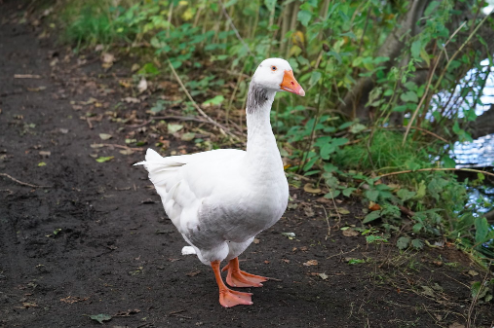
5. Show participants a photograph of a swimming goose. Ask them to make some of their own observations about the photograph. What do you see in it? What is the goose doing? What does it look like? What colors are its feathers and its feet?
6. Once the young writers have considered the poem and photograph separately, ask them to look at the two side by side. Do they notice any details in the poem that they also see in the photograph? Is it possible that Luo Binwang was looking at–observing–a goose when he wrote his poem? You can ask the writers, at this point, what details from the photograph they might include if they were writing a poem about a goose.
7. Explain that we will now be writing an animal ode together. Share a photograph of a different animal and invite participants to make some observations about it. You can ask questions that encourage a bit more detail. For instance, if someone says, the bear is furry, you might ask, what color is its fur? What do you think its fur would feel like if you touched it?
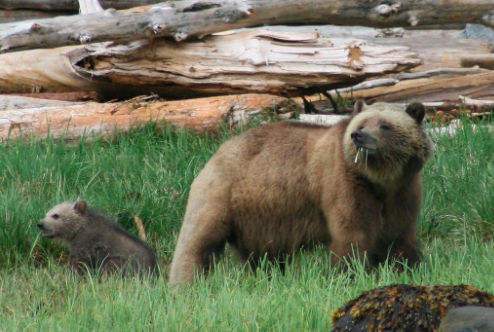
8. Now we will use these observations to write a poem together. Following Luo Binwang’s example, repeat the animal’s name three times. Then fill in the remaining three lines with details from your observations or new ones that come up in the process of writing. If the writers are feeling especially inspired and want to write more than three lines, they should do so.
9. Steps 7-8 can be repeated to write more animal odes collaboratively, especially with very young writers. If the writers are more confident, you can now transition to independent writing time. Share another photo, or multiple photos, and invite participants to write their own “animal odes.”
10. When the time is up or when writing has come naturally to a conclusion, close the activity by inviting writers to share their work aloud.
Literary Terms, Forms, and Devices: Ode, Repetition, Translation
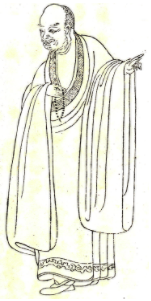
Mentor Text
鹅、鹅、鹅,
(é é é)
曲项向天歌。
(qū xiàng xiàng tiān gē)
白毛浮绿水,
(bái máo fú lǜ shuǐ)
红掌拨清波
(hóng zhǎng bō qīng bō)
Recording of the poem being read by translator You Li
Ode to Goose
Goose, goose, goose,
Neck archer, sky-singer.
White feathers on green water,
Above red webbed ripple-pushers.-Luo Binwang
(Translated by You Li)
Student Poems:
Ode to the Deer
Deer, deer, deer
You have big antlers
You live deep in the forest
In the forest dark and light–Hunter H., Grade 2
Ode to the Crocodile
Crocodile, crocodile, crocodile
With scaly feet
And great big jaws
And an extremely big mouth–Liam G., Grade 2
Ode to the Wolf
Wolf, wolf, wolf
Bends its neck
Looks up at the sky
And pushes its tail up
And stands still
And keeps its legs still–Olivia R., Grade 2
Ode to the Robin
Robin, robin, robin
brown and red,
living in a nest up in a tree,
and searching for food all day.–Kai S., Grade 3

